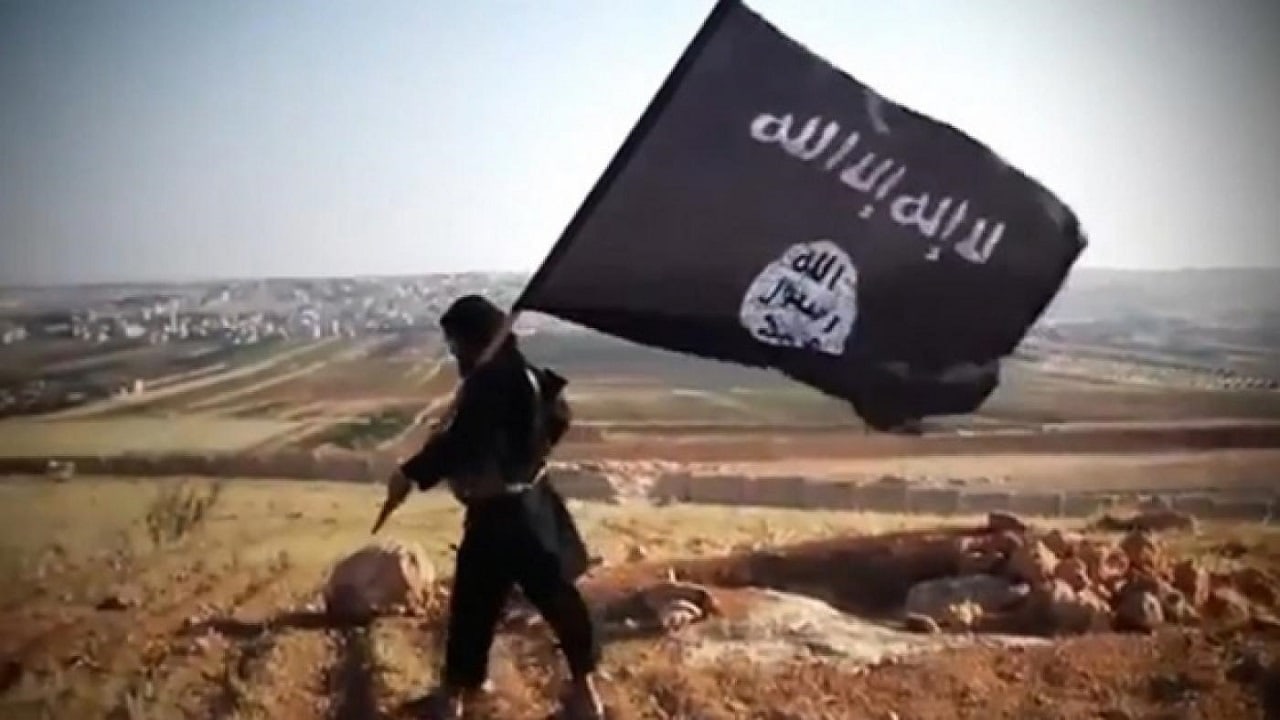The Islamic State (ISIS) is once again gaining momentum. Last month, the group launched its largest and most violent attack since the fall of its self-declared caliphate in 2019. On January 20th, ISIS fighters attacked the Kurdish-run Ghwayran prison in northeast Syria, one of the largest facilities housing ISIS militants and the place where some of its most notorious members are incarcerated.
The attack began when ISIS fighters detonated a car bomb at the entrance of the prison, while inmates inside began rioting. The ensuing chaos allowed an as-yet-undetermined number of inmates to escape into the nearby neighborhoods and led to clashes with the Kurdish Syrian Democratic Forces (SDF) manning the facility. The U.S.-led coalition came to the SDF’s aid, carrying out airstrikes and deploying forces to the area, but the clashes still lasted for 10 days and ended up killing more than 500 people.
Ghwayran is notable not only for its grisly headcount, however. The attack marks the first time the Islamic State directly targeted a major detention facility in Syria, and could signal a new phase in the group’s operations. The SDF’s top military commander has stated that ISIS was forced to mobilize most of its sleeper cells in order to carry out an attack of that magnitude.
One day after the prison break began, the group’s official media arm, Amaq, claimed responsibility for the attack and released a video claiming to show details of the prison attack. Two days later, it posted more videos, as well as a statement claiming that ISIS members had killed more than 200 SDF soldiers and freed over 800 prisoners.
The news has taken the jihadi world by storm. Since reports first surfaced of the prison break, hundreds of ISIS supporters have celebrated the operation on social media and encouraged locals to hide escaped prisoners and post clips of the prison break themselves.
This flurry of activity reflects the group’s attempts to regain lost political and strategic ground. To be sure, prison breaks aren’t new in the ISIS repertoire; to the contrary, they have been a core part of the organization’s operations since 2012, when the group launched a campaign to free hundreds of senior and mid-level members from prisons across Iraq.
But the Ghwayran attack is different. While it assuredly provides valuable fodder for the group’s propaganda, it was also carried out with a strategic aim in mind: to rebuild the Islamic State’s depleted ranks without undertaking costly recruitment and training operations.
And Ghwayran might be just the beginning. Given the operation’s success, and the recent loss of the group’s leader, Abu Ibrahim al-Hashimi al-Qurayshi, ISIS could well launch a sustained campaign of prison break attempts in Syria — a concerning development for the woefully under-prepared SDF, which currently operates 14 detention centers collectively housing an estimated 10,000 alleged ISIS members.
The international community understands this worrisome situation well. Both Syrian and coalition officials have repeatedly warned that Ghwayran — as well as other prisons — are poorly defended and vulnerable to attack. Last February, the United Kingdom announced that it would fund a massive expansion and hardening of the prison, but this expansion is still underway. Separately, the United States provided $2 million in aid to the woefully-outgunned SDF for improved doors, cameras, riot gear, and personal protective equipment following a riot in March 2020.
These, however, are only patchwork fixes. The real solution lies in reducing the number of inmates in the first place – something that requires repatriating ISIS prisoners back to their home countries.
The problem is a large one. As yet, there are an estimated 2,000 foreign ISIS members from at least 57 countries being held in SDF-administered prisons and camps. Repatriating these inmates is incredibly difficult as most countries, especially in Europe and the Middle East, remain unwilling to face the political backlash associated with doing so. But leaving them in place isn’t a viable option either, because if they are released — whether by the SDF to reduce overcrowding, in prison breaks, or through smuggling operations — those militants could become an immediate security threat.
So the situation remains without a workable solution, at least for the moment. And in the meantime, the world’s most notorious terrorist group is exploiting the opportunity to get stronger.
Emily Milliken joined AFPC as a Junior Fellow in January 2021. A former AFPC research intern, Emily also serves as Middle East Director at Askari Associates, LLC, where using open-source analysis she produces a daily intelligence report for a defense clientele. She is proficient in Arabic and has conducted research on the Middle East, the Sahel, Turkish foreign policy, and Islamic extremism.

